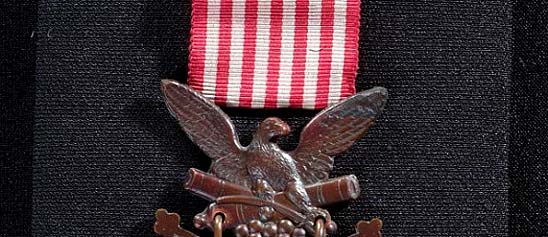
The Museum's superb military collections document the history of the men and women of the armed forces of the United States. The collections include ordnance, firearms, and swords; uniforms and insignia; national and military flags and banners; and many other objects.
The strength of the collections lies in their enormous depth. Some 3,000 military small arms and 2,400 civilian firearms document the mechanical and technological history of the infantryman's weapons from the beginning of the gunpowder era to the present. Among the 4,000 swords and knives in the collection are many spectacular presentation pieces. The collections also include Civil War era telegraph equipment, home front artifacts from both world wars, early computers such as ENIAC, Whirlwind, and Sage, and materials carried at antiwar demonstrations.
Our collection database is a work in progress. We may update this record based on further research and review. Learn more about our approach to sharing our collection online.
If you would like to know how you can use content on this page, see the Smithsonian's Terms of Use. If you need to request an image for publication or other use, please visit Rights and Reproductions.